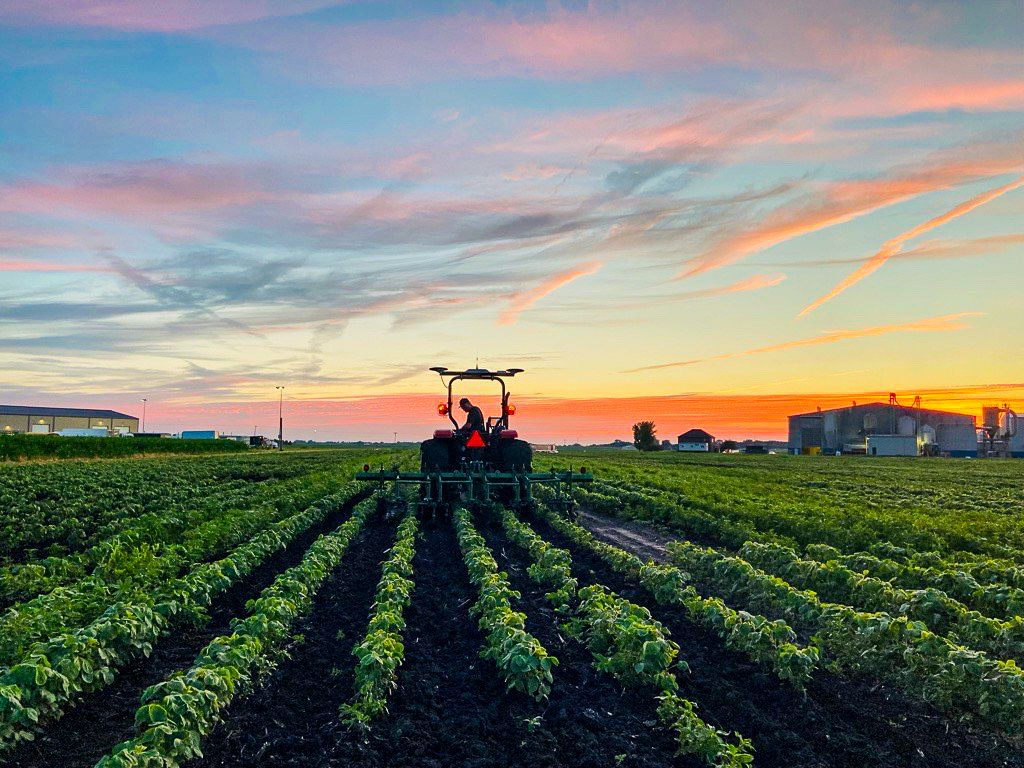As 2024 draws to a close, Limagrain Cereal Seeds (LCS) continues to bolster its spring wheat breeding program for the Northern Plains with the addition of regional commercial managers in Fargo, North Dakota and Bozeman, Montana.
Intensified efforts on the commercial side are being matched by increased investment in research and development (R&D) with the aim of delivering products optimized for growing conditions in a region that Benzon Lorenzana, LCS’s Head of Cereals and Pulse Research for North America, recognizes as a key priority for his research team.
“We know how important this market is and how big it is,” he said. “We are committed to supplying the varietal solutions that farmers need now and in the future.”
LCS has further aligned their spring wheat breeding objectives with the needs of producers to ensure that the products they develop possess the characteristics that deliver the greatest value to the region’s farmers. Top of the list are varieties that offer increased yields while performing well under a wide range of conditions, including unpredictable weather.
“One year it could be warm and dry, the next could be cold and rainy,” Lorenzana said. “With Mother Nature, you don’t know what you’re going to get in any given year, so we have to breed materials that are stable.”
Lorenzana acknowledged that when LCS recently reviewed its data, some lines that topped of the charts in 2023 didn’t fair nearly as well in 2024 while others that were average last year were star performers this year.
“The big question when people look at the data is, ‘How can we make sense of that’? The answer is to run analytics on the data that take into account conditions across several years then select the material that performed stably across those years,” Lorenzana said. “That’s where predictive breeding technologies come in. We use them to select the materials that are the most stable across locations and years.”
LCS is also working to improve protein levels to ensure they meet the minimums millers and bakers want to see without sacrificing the yields growers crave.
“You have to find that balance, and sometimes there’s a trade off. Too much protein and your yields suffer. Too much yield and your protein levels go down,” Lorenzana said. “So, the goal is to raise protein to a level where it’s acceptable then raise the yield as much as possible. It’s a balancing act you must do. Of course, the primary contributor to the farmer’s bottom line is yield level and stability.”
While LCS is looking to breed spring wheat varieties adaptable throughout the region, its sheer size means that while increases in yield and protein are desirable across a broad geographic range, other characteristics may be specific to a single region or subregion.
“If we go to Red River Valley in North Dakota, they tell us that they need more resistance to diseases like fusarium or bacterial leaf streak,” Lorenzana said. “If we go to Montana, that’s less of a concern.”
LCS’s spring wheat breeding program zeroes in on the traits each region needs the most. While disease resistance may be critical in eastern areas of the Northern Plains, the bigger problem for spring wheat growers in Montana is sawfly.
Another trait in demand is weed suppression and LCS’s herbicide tolerant CoAXium Wheat Production System, which has proven extremely successful in providing broad spectrum weed control in winter wheats and promises to deliver similar benefits for spring wheat.
“We recognize that we have a different set of weed challenges in the spring wheat growing areas of the Northern Plains and Mountain West,” said Lorena Pahl, LCS’s Commercial Product Development Manager. “It’s a valuable tool if the farmers have that weed spectrum and need that chemistry to assist them in being able to successfully grow a crop.”
Although physically housed in Saskatchewan, the spring wheat breeding program has long been developing material optimized for different subregions in the Northern Plains.
“The Northern Plains is a really high priority for us. It’s not secondary to anything else,” Lorenzana said. “The materials that we develop in Canada are specifically targeted for the regions in the Northern Plains, and as soon as we can test them there, we do.”
Trial locations were expanded by 33% in 2024, and include sites in the Dakotas, Montana and the Red River Valley in Minnesota. Being able to test lines in such diverse growing environments across multiple seasons results in a robust data set that helps LCS identify lines with the characteristics that will serve farmers well.
“It really is a team effort. We’ve been cranking out a lot of good data, and we’ve revamped some of our testing procedures, so we’re in a really good spot to bring our products to the U.S. market,” said Grant Groene, National Sales and Marketing Manager for LCS.
Pahl notes that Limagrain, a farmer-owned company, very much understands the need to explore and collaborate in the best interest of producers. In addition to their own research trials, LCS works with universities in the Dakotas, Minnesota and Montana as well as other third-party collaborators. They also call on farmers and their dealer network to evaluate their lines and provide valuable feedback.
“If there’s something we can’t do internally, we look outside to see how we can work together to bring a trait forward if we don’t have it or, if we don’t have a specific testing capacity, we figure out how to work with the industry and others to deliver what farmers need,” Pahl said.
Groene, for one, believes the future looks bright.
“We’ve made a lot of investment in our spring wheat breeding program. We’ve got the right people at all levels of that development pipeline in place to ensure we’re picking the best products for farmers,” Groene said. “We’re in a really good position to be successful through the end of this decade and on into the 2030s. So, I expect our growth to continue to climb.”













